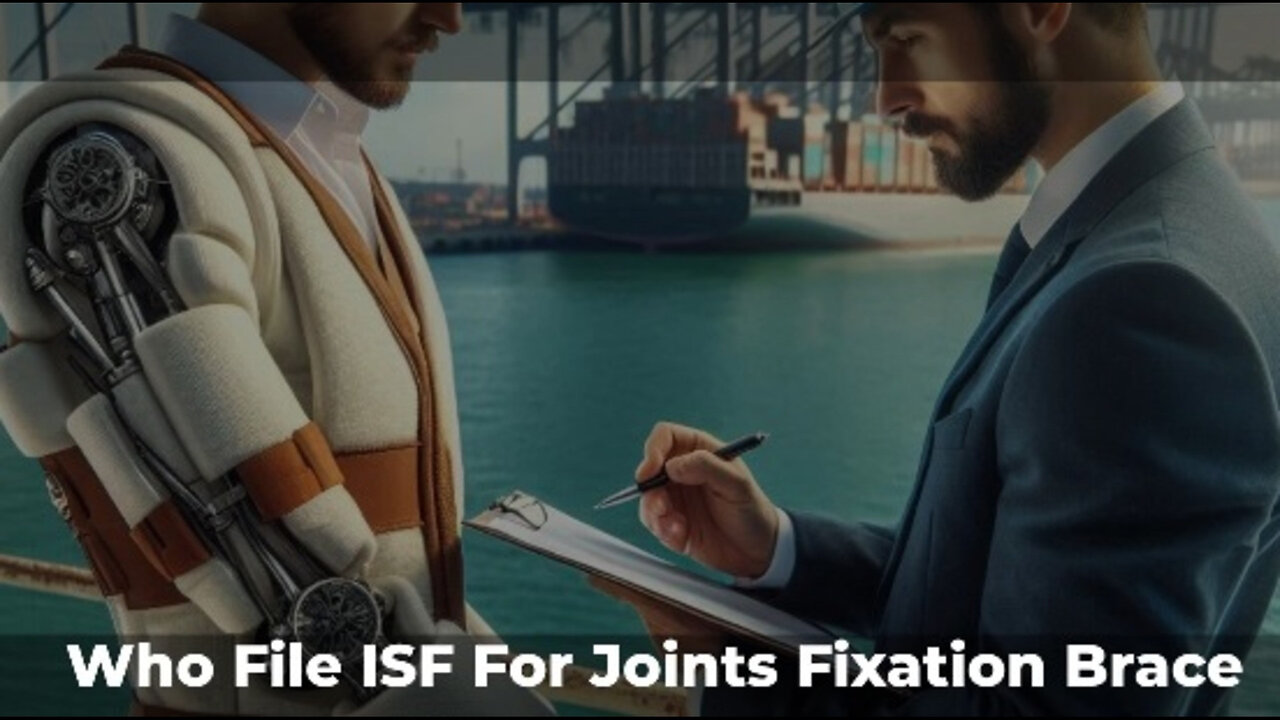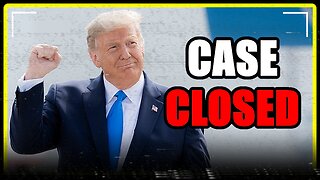Premium Only Content

Unveiling the Secrets of Importer Security Filing for Joints Fixation Braces
ISF Filer || isf@isffiler.com || 858-280-9374 || www.isffiler.com
In today's video, we discussed the Importer Security Filing (ISF) requirements for joints fixation braces. The ISF, also known as the 10+2 rule, requires importers to provide detailed information about their shipments to US Customs and Border Protection (CBP) prior to the arrival of the goods. The responsibility for filing the ISF generally lies with the party causing the goods to enter the United States, which is usually the importer. However, a licensed customs broker can also file the ISF on behalf of the importer.
We then delved into the specific information that needs to be included in the ISF for joints fixation braces. This includes seller and buyer information, manufacturer information, ship-to party information, Harmonized System (HS) codes, container stuffing location, consolidator information, bill of lading or booking number, and country of origin.
It is important to accurately and completely file the ISF to avoid penalties and delays in cargo release. Working with a licensed customs broker who specializes in medical device imports can greatly assist in navigating the complexities of customs regulations and ensuring compliance with ISF requirements.
If you have any further questions or would like us to cover a specific topic in our future videos, please let us know in the comments section below. Thank you for watching and be sure to subscribe to our channel for more informative videos on customs brokerage and international trade.
#usimportbond #isfcustomsbroker #uscustomsclearing #isfentry
Video Disclaimer Here: This video is intended for educational purposes and has no affiliation with US government entities.
00:26 - The Importer Security Filing (ISF), also known as the 10+2 rule, requires importers to submit detailed shipment information to U.S. Customs and Border Protection (CBP) before goods arrive in the U.S., particularly for joints fixation braces.
00:44 - The responsibility for filing the ISF typically lies with the importers (owners, purchasers, or consignees), although a licensed customs broker can file on their behalf, providing expertise in customs regulations.
1:20 - The ISF for joints fixation braces must include specific details such as seller and buyer information, manufacturer details, ship-to party information, Harmonized System (HS) codes, container stuffing location, consolidator information, bill of lading or booking number, and country of origin.
2:33 - Accurate and complete ISF filings are crucial to avoid penalties and cargo release delays; thus, collaborating with an experienced customs broker is recommended for a smooth importation process.
-
 LIVE
LIVE
GritsGG
1 hour agoWin Streaking! Most Wins 3390+ 🧠
138 watching -
 LIVE
LIVE
Wendy Bell Radio
5 hours agoDemocrats Need Fake Data To Cover Up Their Incompetence
7,333 watching -
 4:04:43
4:04:43
The Bubba Army
1 day agoImmigrant Truck Driver.. Who's To Blame?! - Bubba the Love Sponge® Show | 8/20/25
137K9 -
 LIVE
LIVE
JuicyJohns
2 hours ago $0.17 earned🟢#1 REBIRTH PLAYER 10.2+ KD🟢
65 watching -
 32:50
32:50
Uncommon Sense In Current Times
19 hours ago $0.69 earnedIs War Ever Just? Frank Turek Explains Just War Theory & Christian Ethics
27.6K5 -
 25:57
25:57
DeVory Darkins
1 day ago $21.47 earnedNewsom suffers HUMILIATING SETBACK after FATAL Accident as Trump leads HISTORIC meeting
62.8K149 -
 LIVE
LIVE
FyrBorne
13 hours ago🔴Warzone M&K Sniping: First Impressions of Black Ops 7 Reveal
159 watching -
 8:16
8:16
MattMorseTV
19 hours ago $11.37 earnedTrump’s name just got CLEARED.
104K90 -
 2:01:55
2:01:55
MG Show
23 hours agoPresident Trump Multilateral Meeting with European Leaders; Trump Outlines Putin Zelenskyy Meeting
48.9K28 -
 LIVE
LIVE
DoldrumDan
5 hours agoCHALLENGE RUNNER BOUT DONE WITH ELDEN RING NIGHTREIGN STORY MODE HUGE GAMING
47 watching